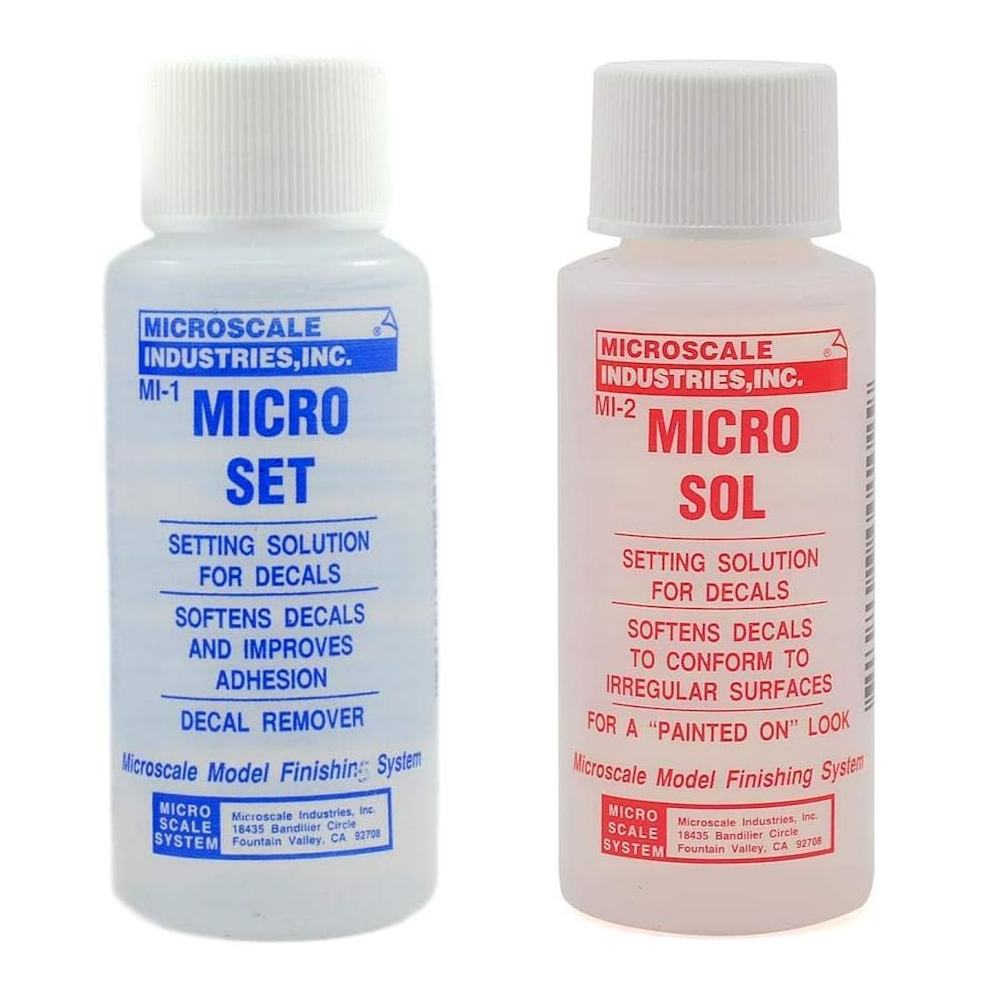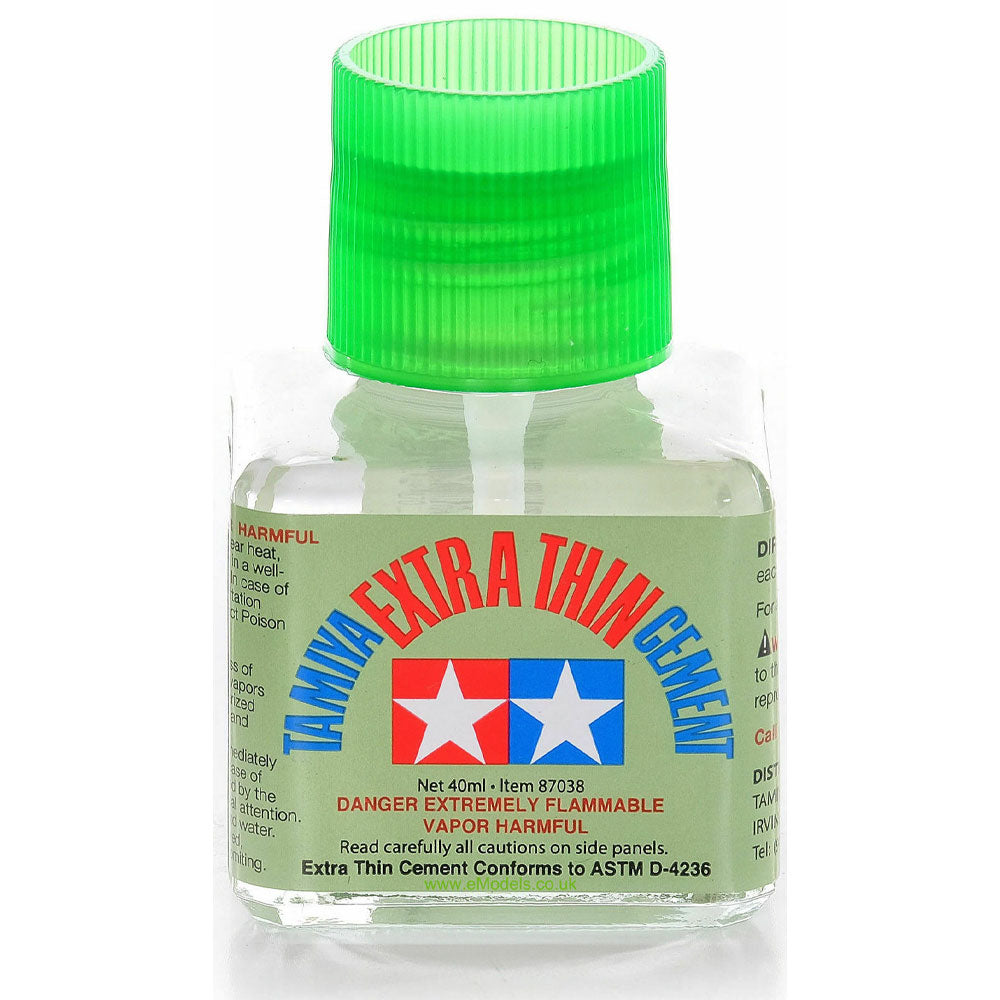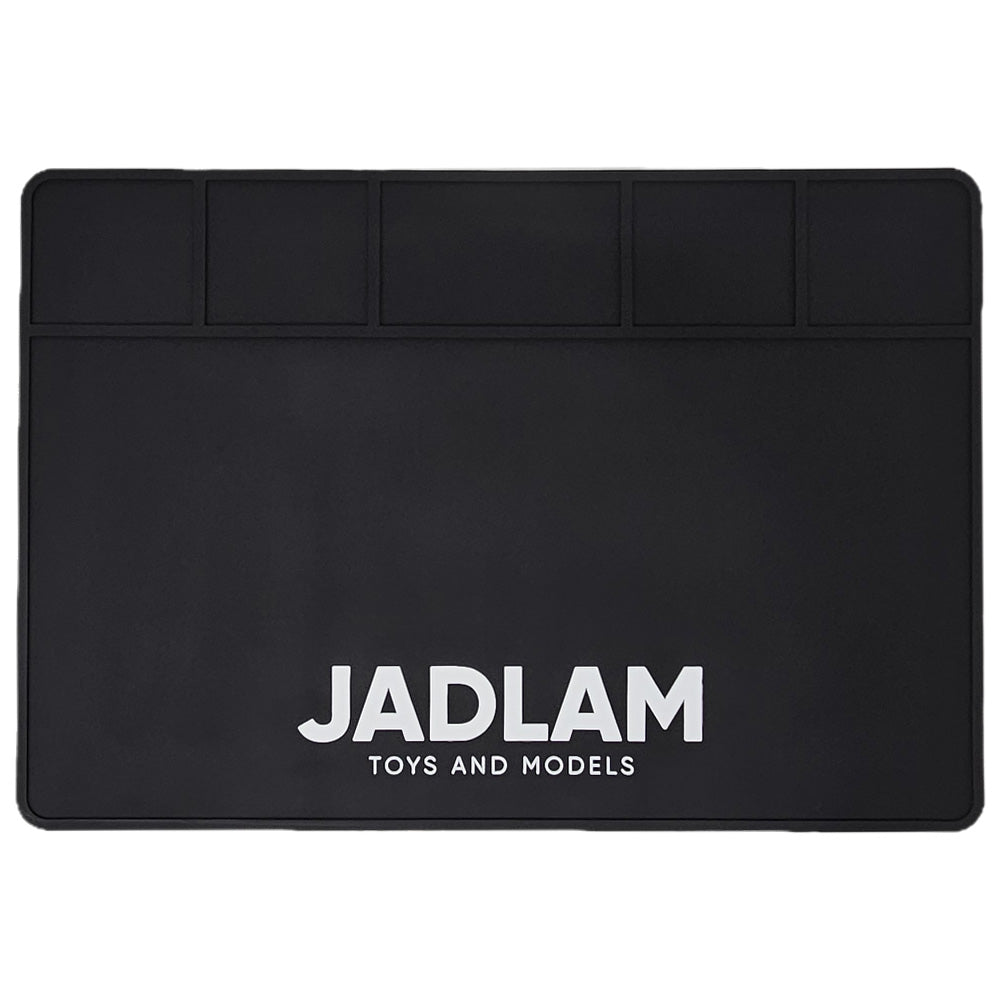RC Car Frequently Asked Questions
Your one-stop resource for RC car assembly, operation, and troubleshooting. Find answers to common questions and get back to racing!
Quick Topics
Assembly & General Info
Batteries & Chargers
Hop Ups & Spares
Detailed Answers
We do not stock a huge amount of RC Brands, however what we do stock covers most areas of the hobbie. Our most popular brand is Tamiya and I am sure you have heard of it. Its the classic brand that has been in the hobby since the 70s. We also stock other brands like Carson, Absima, Traxxas etc. If you are new to the hobby ask your older family/friends members and get their advice too.
There are about 5 car types. Here is a quick overview so you can decide whats best for you.
- Road/Race/Touring/Rally: These are the most popular, fastest and sharpest handling cars and best on paved, flat surfaces. Rally variants are normally based on a road car with a slightly higher ground clearance - although these still need to be used on flat surfaces. Most Road cars are 4WD and driven by a belt or shaft.
- Drift Cars: Drift cars are very similar to on-road cars but with slick plastic tyres and different gear/diff set ups. Drifting when mastered is very fun, however its not something you will master within a couple hours! You can convert an OnRoad car to a Drift car by just fitting a set of Drift Tyres, but it wont be as good as a purpose built car.
- Buggies: Buggies are a cross between offroad and onroad cars, they perform best on dirt tracks but due to their low centre of gravity and ground clearance these cars can match onroad car performance when the ground is too bumpy or rough. Buggies are best used on short flat grass, fine gravel and dirt. Buggies are good for those who cant decide what type of car they want, since it offers both on and off road use. Buggies can come in 2WD or 4WD.
- Truggy/Stadium Truck: Truggies are also a cross over like buggies, but they are more aimed at off-road use. A truggy is basically a Buggy chassis with larger wheels/tyres. Like buggies, Truggies can be used on road but with a higher ground clearance their performance is often worse than a buggy on road. However this higher ground clearance does equate to better performance off road. Truggies are usually RWD (2WD).
- Monster Trucks: Trucks are designed for use offroad. They come with large grippy tyres which are best suited for use on grass, mud, gravel and pretty much any rough surface. Trucks can be used on road, but due to the high centre of gravity and ground clearance they are prone to rolling over at speed. Monster trucks are usually 4WD.
This depends on your preference. Assembly kits require full assembly and painting, offering a rewarding building experience. Ready To Run (RTR) models come pre-assembled and often include everything needed to get started quickly. Consider your time, skill level, and desire for customization.
For an assembly kit, you'll typically need: the kit itself, a radio system (transmitter & receiver), steering servo, battery, charger, and paint. For RTR models, check the product description as many include most of these items, though sometimes batteries and a charger are sold separately.
Brushed motors are simpler and more affordable, suitable for beginners. Brushless motors are more efficient, powerful, and require less maintenance, making them ideal for enthusiasts seeking higher performance and longer run times. Most entry level RC cars come with a Brushed Electric motor, where more expensive models come with more efficient and powerful brushless motors.
This is affected by many factors: Car weight, how fast you drive, the terrain, battery capacity etc. We will try to give you an idea:
- Standard NiMh battery will last approx 10-15mins with normal use.
- Standard LiPo battery will last approx 15-25mins with normal use.
Yes, we always advise you have enough charge to enter the car. There is nothing worse than having to cut your fun short because your batteries died. We offer Good (Standard NiMh) and Best (LiPo - More power and longer run times). We buy our NiMh in very large quantities and thus can offer great prices on 2000mAh and 3300mAh variants - so dont skimp on batteries!
Yes, we recommend purchasing the fastest charger you can, so you can get back outside again! We sell many types of chargers, slow wall chargers right up to digital chargers with detailed battery information.
- Good: Basic Wall Charger
- Better: Mid Range Fast Charger (approx 1-2hrs for a 3300mAh battery)
- Best: Top of the Range Fast Charger (approx 30-60mins for a 3300mAh battery)
This depends on the charger and battery:
- A basic charger will take approx 4-6hrs to charge a NiMh battery.
- A mid range fast charger will take approx 1-2hrs to charge a NiMh battery.
- A top of the range fast charger will take approx 30-60mins to charge a LiPo battery.
After a couple weeks use most owners of an RC car will start to think about how they can make the car faster! Whilst this is natural, sometimes its not as simple as sticking a new motor into the car. Individually upgrades will only make a small difference, but combined they can make a big difference to the speed and handling of your car.
Key areas for upgrades include:
- Motor: The motor is the engine of the car. Upgrading to a more powerful motor will increase the speed of the car. Brushless motors are more efficient than brushed motors, this makes the car more efficient and free-running as there is less rolling resistance.
- ESC (Electronic Speed Controller): The ESC is the brain of the car. It controls the power to the motor. Upgrading to a more powerful ESC will allow you to run a more powerful motor.
- Gearing: Often the motor in the car has plenty of power to reserve however the gearing of the car is the limiting factor. So often the cheapest way to unlock extra top speed or acceleration is by changing the gearing. Gearing is made up of 2 gears, the Pinion Gear (on the motor) and the Spur Gear (on the main driveshaft). Changing the size of these gears will change the characteristics of the car. A smaller pinion gear or larger spur gear will increase acceleration but decrease top speed. A larger pinion gear or smaller spur gear will increase top speed but decrease acceleration.
- Bearings: Most entry level RC cars come with plastic bushes in the hubs. "Ballracing" a car means that you replace all of the plastic bushes with a proper bearing - this reduces friction and makes the car more free-running. This also means that the motor does not have to work as hard, so the car will accelerate faster and have a higher top speed.
- Suspension: Many entry level RC Cars come with a basic spring action suspension damper. Whilst OK for basic use, better performance can be had from an Oil Filled damper - with better damping and more tuneability. For onroad cars, a stiffer spring will improve handling. For offroad cars, a softer spring will improve handling.
- Wheels and Tyres: The wheels and tyres are crucial. The extra power from other upgrades will place extra stress on them. For road cars tyres are usually available in different compounds (soft/harder), with softer tyres offering more grip on dry hard surfaces.
This depends on your budget and what you want to achieve. If you want more speed, then upgrading the motor and ESC is the best option. If you want better handling, then upgrading the suspension and tyres is the best option. There are also other things to consider. If you use a combination of gears that is too tall for the installed motor you will place extra stress on the motor and ESC, therefore shortening the life of both components.
Common starting points:
- Ballracing: Most entry level RC cars do not have bearings installed, they use plastic bushes in the hubs. "Ballracing" a car means that you replace all of the plastic bushes with a proper bearing - this reduces friction and makes the car more free-running. This also means that the motor does not have to work as hard, so the car will accelerate faster and have a higher top speed.
-
Brushless Conversion: Most of our kits come as standard with a Brushed Motor and ESC set
up, this is the standard for entry level models because its reliable and cost effective. Installing a
Brushless system is the single biggest upgrade you can make to an RC car. Brushless motors are more powerful
and more efficient than brushed motors. The extra power will place extra stress and in some circumstances
break many components including:
- Gear Box Internals
- Drive Shafts
- Wheel Hexes
We advise that you upgrade all of the above before even considering a Brushless conversion.
Gearing. Often the motor in the car has plenty of power to reserve however the gearing of the car is the limiting factor. So often the cheapest way to unlock extra top speed or acceleration is by changing the gearing. Gearing is made up of 2 gears, the Pinion Gear (on the motor) and the Spur Gear (on the main driveshaft). Changing the size of these gears will change the characteristics of the car. A smaller pinion gear or larger spur gear will increase acceleration but decrease top speed. A larger pinion gear or smaller spur gear will increase top speed but decrease acceleration. Whilst acceleration might not sound as appealing as top speed, it is very noticeable in a road going car, the loss of acceleration can have a big impact with an offroad vehicle.
You will have the following components to connect:
- Brushed motor which has 2 leads.
- ESC which has 2 leads for motor, 2 leads for battery, switch and receiver.
For Tamiya cars with the current TBLE-02s ESC:
- Motor Wires: RED is POSITIVE (+), BLUE is NEGATIVE (-). Connect these to the corresponding motor tabs.
-
ESC Connections:
- BLUE & YELLOW wires from ESC connect to the motor.
- ORANGE wire from ESC is NOT used for Brushed Motors.
- Red & Black wires with battery connector plug into your battery.
- Red/White/Black 3-pin plug (servo lead) from ESC connects to CH2 (Throttle) on the receiver.
- Servo: Connects to CH1 (Steering) on the receiver.
- Small red/white/black lead (if present, for BEC): Connects to either CH3 or CH4 on the receiver, or a dedicated BEC port if available.
Always double check your ESC and car manual for specific diagrams.
First thing to check is that you always turn the Transmitter on first, then the Receiver. Most modern 2.4Ghz radio sets need to be 'bound' so the Transmitter only talks to its specific Receiver. This is normally done at the factory, but if you are having problems it is worth trying to re-bind the radio set. Please consult the Radio Set manual for instructions on how to do this.
If the car is still not working, then check the batteries in the Transmitter. If they are low, the Transmitter will not send a strong enough signal to the Receiver.
If the car is still not working, then check the connection from the ESC to the Receiver. The ESC powers the Receiver, so if this is not connected correctly the Receiver will not work.
If the car is still not working, then it is likely that the Transmitter or Receiver is faulty.
First thing to check is that the servo is plugged into the correct channel on the Receiver. This is normally CH1.
If the servo is plugged into the correct channel, then check the connection. It is possible that the plug is not making a good connection with the pins in the Receiver.
If the servo is still not working, then it is likely that the servo is faulty.
First thing to check is that the ESC is plugged into the correct channel on the Receiver. This is normally CH2.
If the ESC is plugged into the correct channel, then check the connection. It is possible that the plug is not making a good connection with the pins in the Receiver.
If the car is still not working, then it is likely that the ESC or Motor is faulty. It is also worth checking that the ESC has been calibrated correctly. Please consult the ESC manual for instructions on how to do this.
On the transmitter you will find a dial/slider which is labelled DR (Dual Rates). On the Carson Reflex Radio this is located on the top right hand shoulder. This dial simply controls the sensitivity of the servo. If you adjust this and try again you will find the servo operates as expected.
There are a couple reasons the car doesn't run straight, the most common being:
- Servo needs trimming. On the transmitter you will find a dial/slider which is labelled TR or Trim. This simply makes minor adjustments to the resting/neutral point of the servo when no steering lock is applied on the controller. Drive the car away from you in a straight line and adjust this until the car drives straight.
-
Servo not centred. If you have tried the above and still find that your car does not run
straight through adjustment on the trim dial to make the car drive straight, its possible that the servo was
turned off centre when you installed the steering arm etc. To centre the Servo's set in the starting point
you need to:
- disconnect the Servo horn from the Servo shaft.
- centre the trim dials on the transmitter.
- power the car up and then the servo around. When you let go of the steering control the servo should return to its central position.
- Put it all back together.
Your car has been operational but then comes to a halt and proceeds to move several feet every few seconds its very likely that your battery is flat. Most modern ESCs have a battery cut off function which stops the car to a halt when low voltage is detected. However if left for several seconds the voltage can recover slightly allowing the car to move again, only to stop a couple feet later when the ESC detects the low voltage.
In this case you need to recharge your battery. Ensuring that you charge it for long enough, please see the charging answers above for further information.





